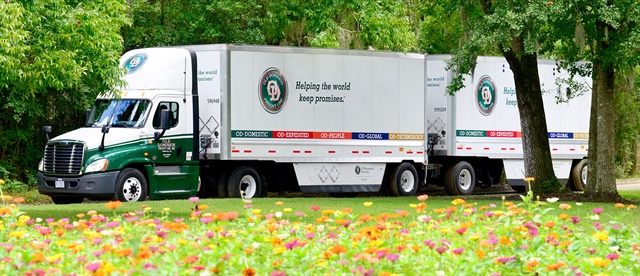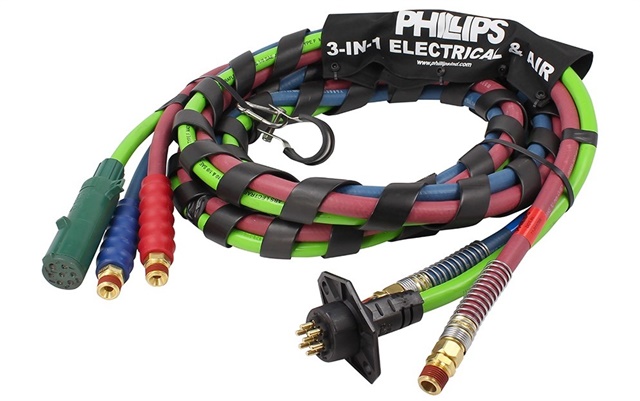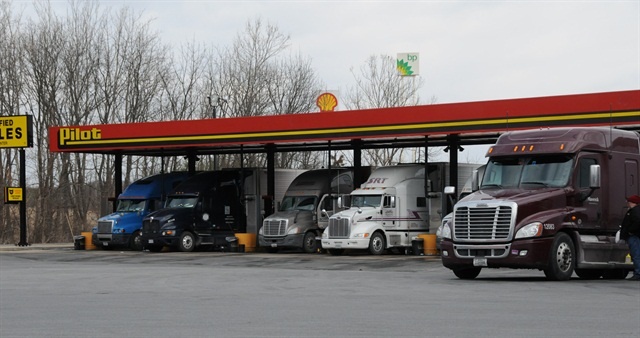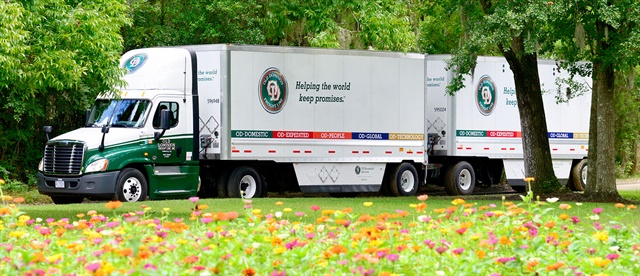
Old Dominion Freight Line is seeking a one-year exemption from the ELD mandate. Photo: ODFL
">The Federal Motor Carrier Safety Administration is considering a request by one motor carrier for a one-year exemption from electronic logging rules so that its AORBD/ELD provider can provide a specific type of software as having been made “on behalf of all motor carriers in similar situations concerning the integration of PeopleNet's ELD software into fleet management systems.”
The agency's announcement, published in the Federal Register for Jan. 31, includes a call for public comment on the notice of application for exemption made by Old Dominion Freight Line. Presumably, given FMCSA's assertion about what the ODFL application represents, comments may include remarks by fleets that amount to requests for the very same exemption.
Earlier last month, FMCSA issued a 90-day exemption to ODFL and other PeopleNet customers to address a portion of the ELD rule's grandfather clause, which states that if a fleet adds any trucks between now and 2019, they must use an ELD, not an AOBRD. That short-term exemption gives affected fleets until March 18, 2018 to integrate their existing AOBRDs to fleet management and safety systems.
“Old Dominion requests this exemption to allow the company to install ELD devices running on automatic on-board recording device (AOBRD) software in commercial motor vehicles added to the company's fleet for up to one year from the December 18, 2017, ELD mandate compliance date,” FMCSA explained in its Jan. 31 notice. “If granted, this modified ELD phase-in period will allow Old Dominion's AORBD/ELD provider, PeopleNet, to complete the development of the software necessary to integrate ELD data with the company's fleet management and safety systems to fully meet the ELD mandate.”
FMCSA further explained that ODFL began equipping trucks with PeopleNet AOBRDs in 2010 and that data






